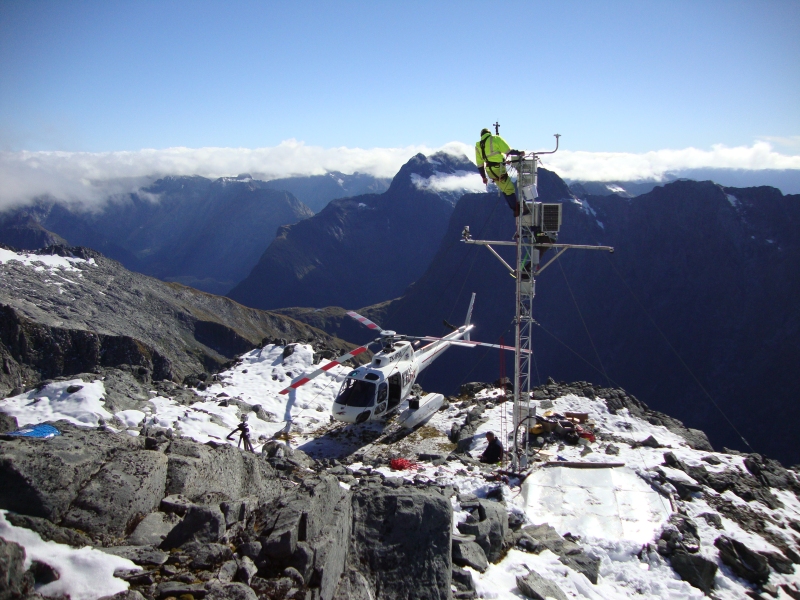New Zealand faces a variety of hazards associated with snow.
These hazards can be categorized into the following two groups:
- snow hazards on roads in mountainous areas
- snow hazards at lower elevations, which affect livestock, crops and infrastructure.
Causes of snow hazards
Snowfall can occur when there is precipitation – water in frozen or liquid form falling to the ground - in areas where the ambient temperature is near or below freezing. This is the usual situation for our alpine areas in winter, and can reach lower levels when there are outbreaks of cold southern air.
Potential consequences of snow hazards
The potential impacts associated with snow are:
- infrastructure damage (particularly to power and telephone lines, but also to buildings)
- health impact on livestock
- dangerous driving conditions
- impassable roads.
Magnitude, frequency
The relationship between the magnitude and frequency of snowfall is not yet well defined.
- The impact of snowfall on road conditions occurs on an event-by-event basis in the mountains of the South Island (eg road closure due to snow fall (eg, the Canterbury June 2006 and July 2011 events)
- Infrastructure damage is likely to be rare and occurs every 10 to 25 years (eg the Invercargill snow event in September 2010).
Spatial distribution
The spatial distribution of snow hazards are :
- Mountain areas of New Zealand
- Central area of the North Island
- South and East of the South Island.
Influence of climate variability and change
Subject to the pace of global climate change over the coming decades, the extent, depth, duration and quality of snow in New Zealand is likely to be subject to significant changes. The magnitude of the change will depend of the emission scenario chosen, however the following change can be expected:
- shortening of the snow season
- large reduction of the fraction of precipitation that is snow below 1000m
- reduction of the mean maximum snow accumulation.
Recent snow hazards in New Zealand
Invercargill, September 2010. Snow started falling on the evening of the 17th of September 2010 with heavy snowfall for 16 hours followed by intermittent snow rain, hail and sleet. The snowfall resulted in extensive damage to a number of buildings in Invercargill and a number of other commercial buildings and structures.
Since 1895 (the start of records), 39 snow events have been recorded which damaged property, infrastructure, livestock or resulted in human deaths.
- Four of these events occurred before 1945.
- Three occurred during the 1970s.
- One occurred during the 1980s.
- Four occurred during the 1990s.
- 27 snowfall incidents have been recorded since 2000.
Snow hazard research at NIWA
NIWA scientists are involved with research into each of the main hazard areas associated with snow and avalanches. We collaborate with other New Zealand institutes such as Victoria University of Wellington, University of Otago, University of Canterbury and GNS Science.
Current NIWA research projects
- Impact of climate change on flood and water resources in mountainous catchments.
Find our more about these impacts
- Effect of mountain precipitation distribution uncertainty (rain vs snow) on water supply to the Waitaki hydro catchments under climate change conditions.
- Spatial variability of snow mass in Alpine catchments.
- Annual end-of-summer snowline surveys on 49 index glaciers throughout New Zealand.
- Seasonal snowpack monitoring at high-altitude climate stations (snow and ice monitoring network).
More information on our snow and ice monitoring network


